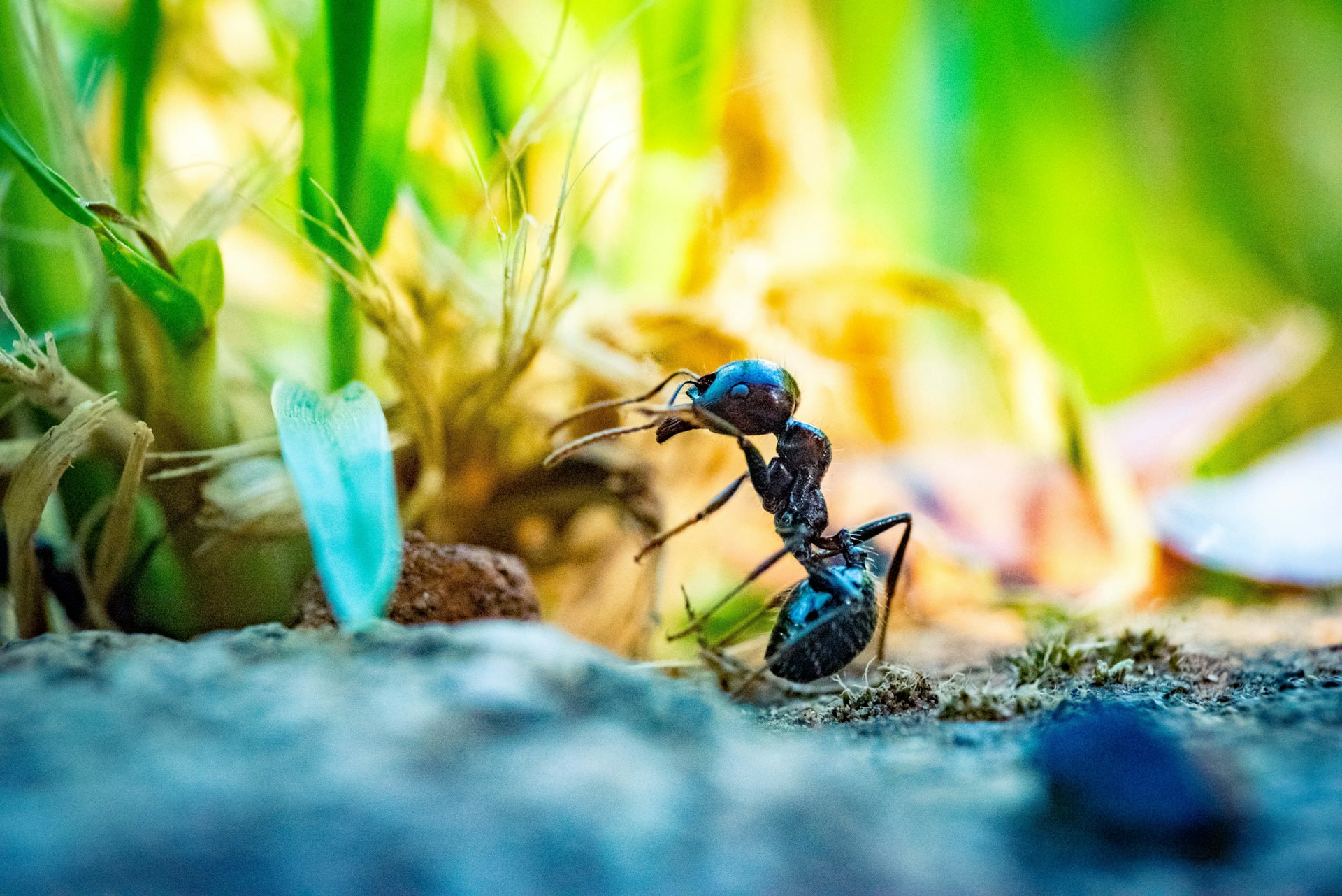Entertainment
25 Bizarre Science Facts Stranger Than Fiction
By Jake Beardslee · April 29, 2024
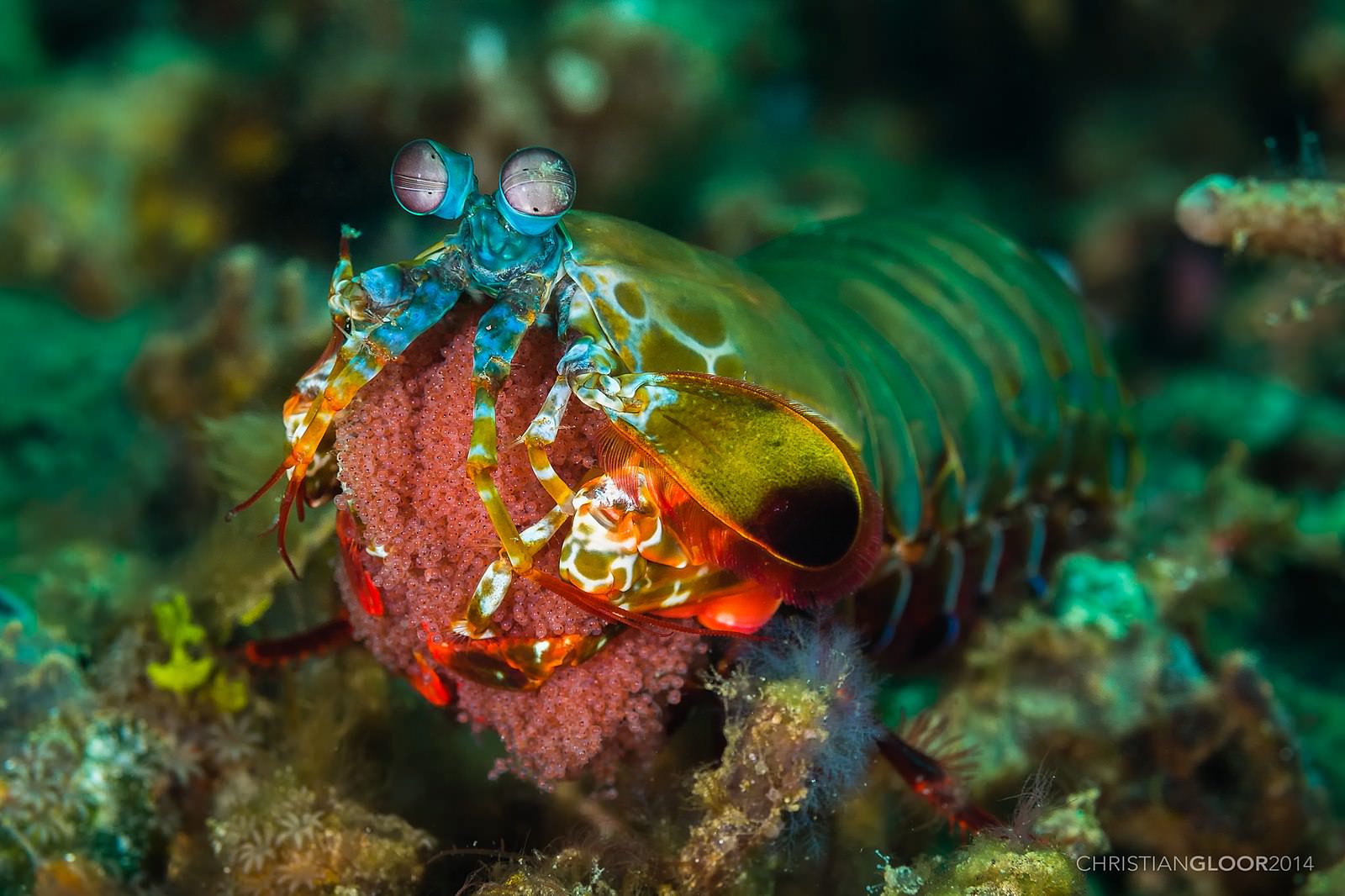
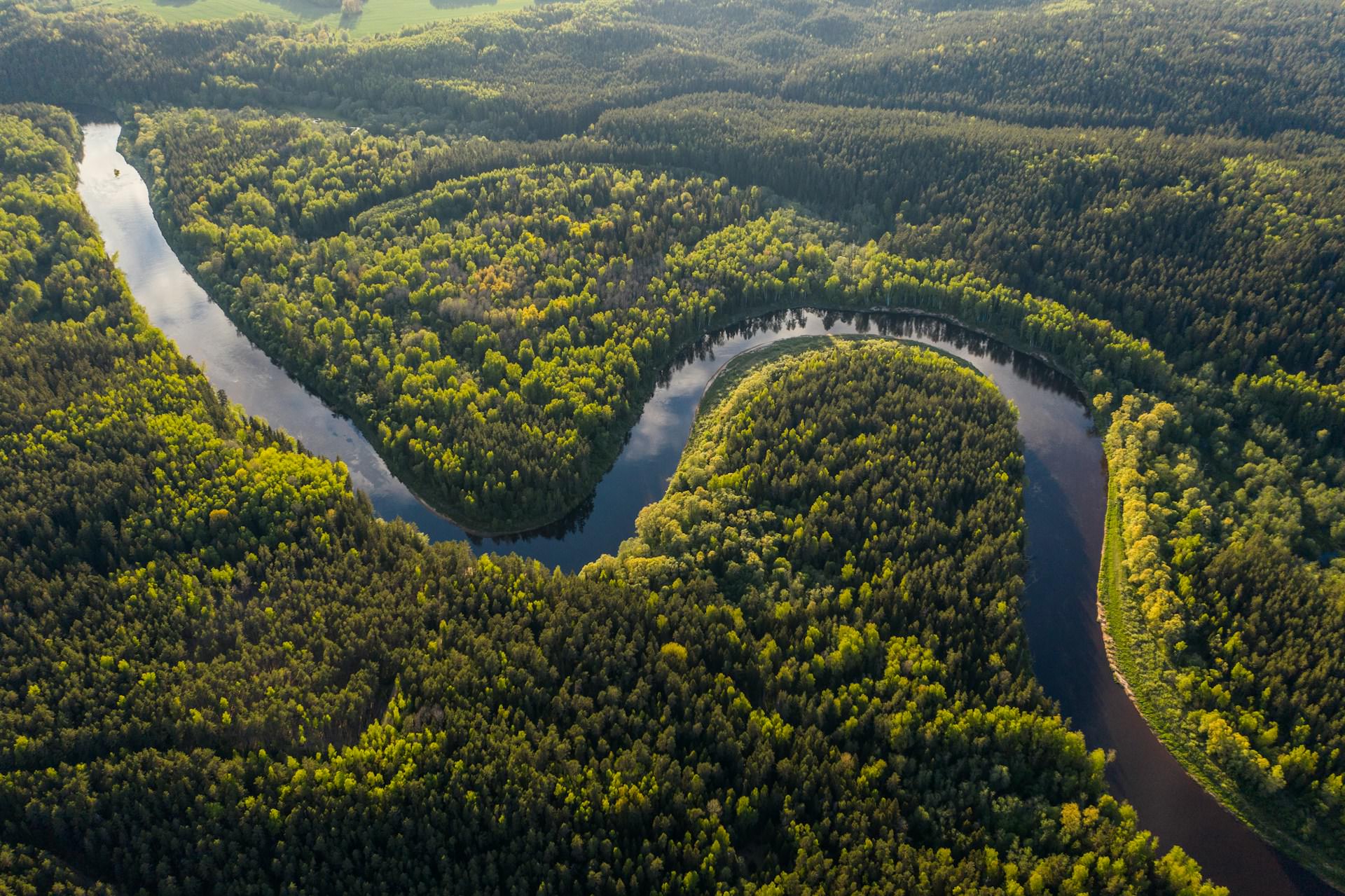
The Boiling River of the Amazon
Deep in the heart of the Amazon rainforest lies a river so hot that it can boil animals alive within seconds. This geothermal wonder, known as Shanay-Timpishka, is heated by the Earth's core and reaches temperatures up to 186°F (86°C). Ivars Utināns/Unsplash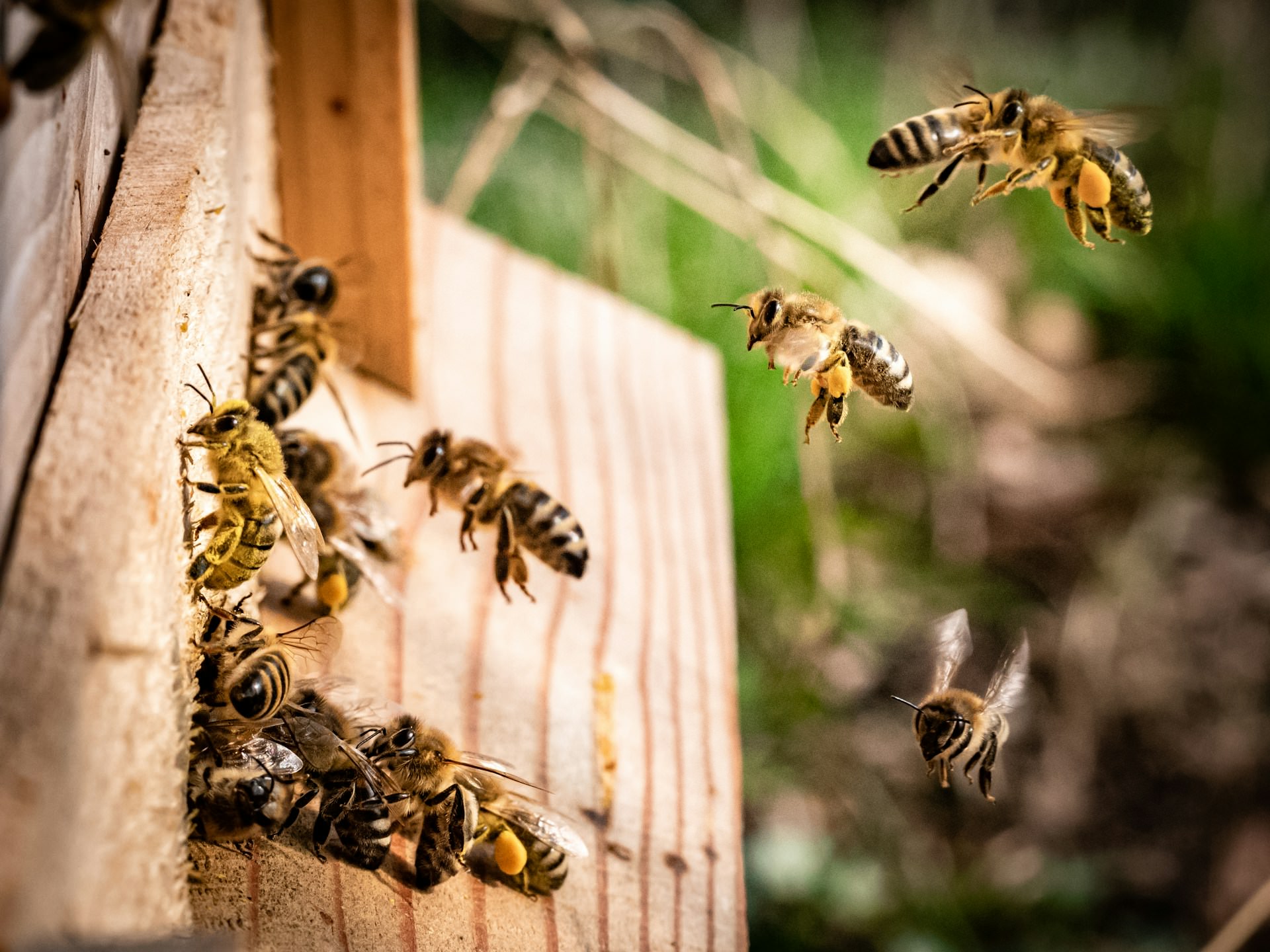
Bees and Their Waggle Dance
Honeybees have a unique way of communicating the location of nearby flowers to their fellow bees - through dancing! Their "waggle dance" involves specific movements that convey the direction and distance of the flower patches. Kai Wenzel/Unsplash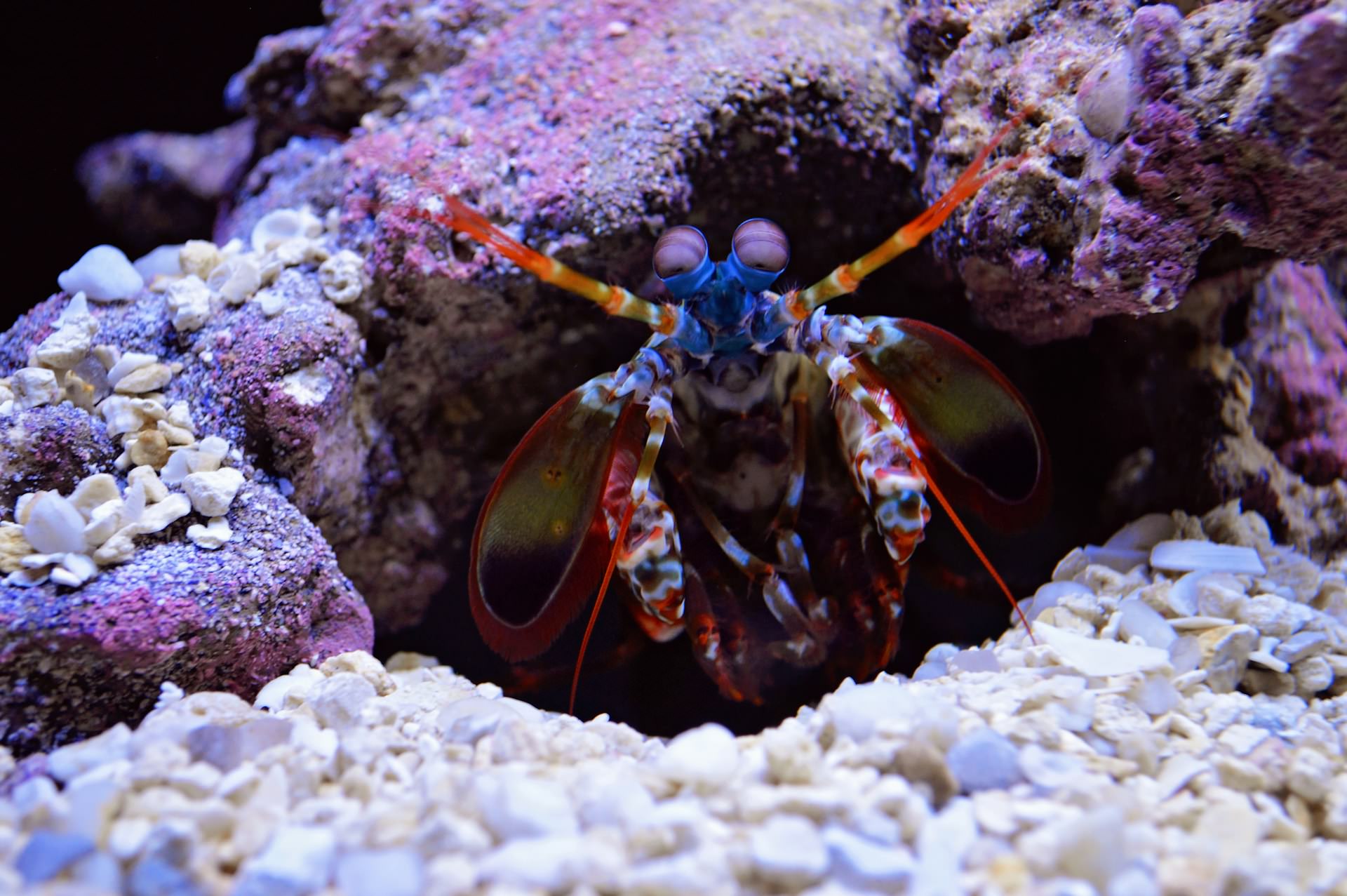
The Mantis Shrimp's Superhero Vision
The mantis shrimp possesses one of the most complex visual systems in the animal kingdom. With 16 color receptors (compared to humans' three), they can perceive a vast array of colors, including ultraviolet light, and even detect polarized light. Amber Wolfe/Unsplash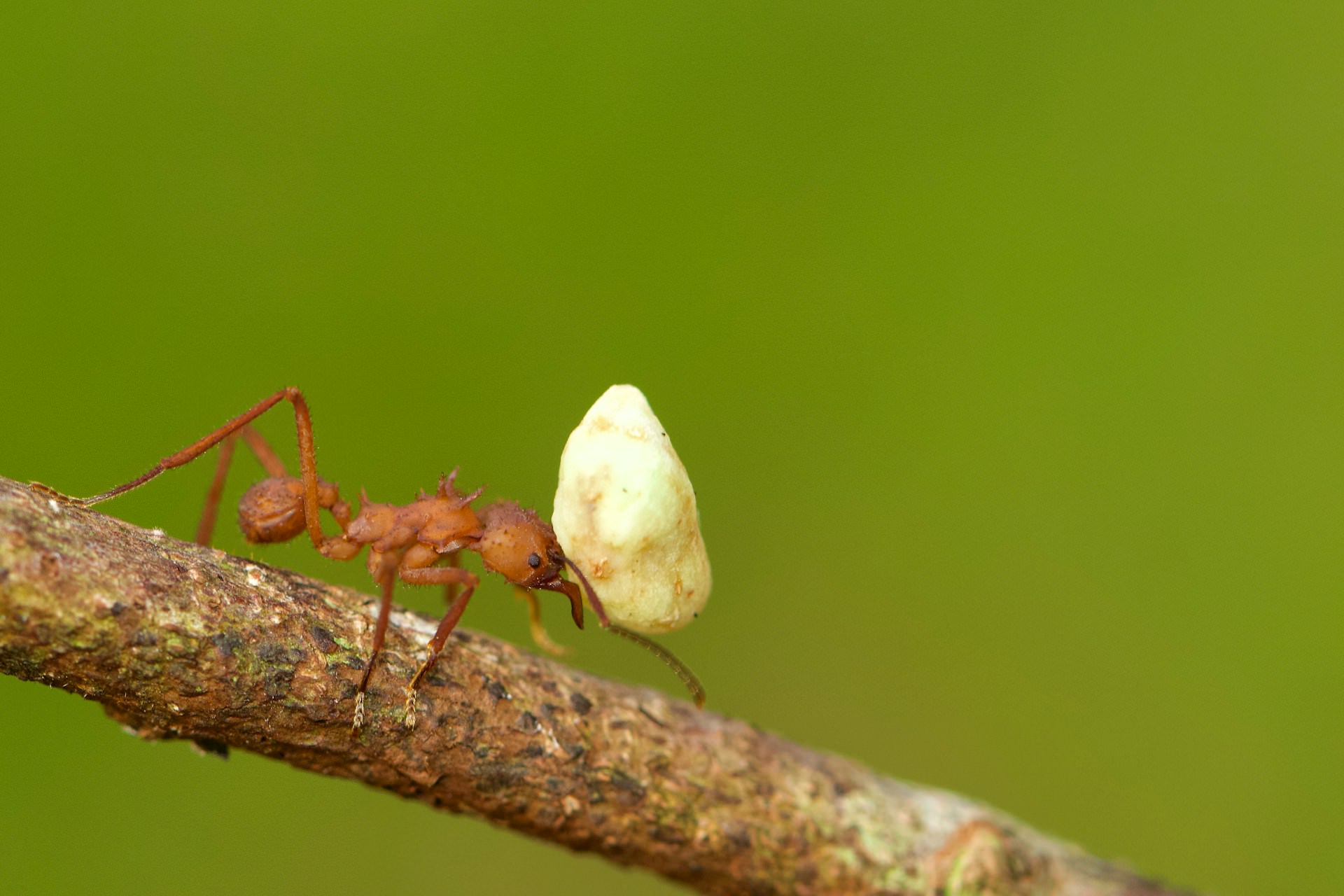
Ants: The Oldest Farmers on Earth
Long before humans started cultivating crops, ants were already masters of sustainable farming. For over 60 million years, these tiny insects have been growing fungus underground, using techniques that even help their crops resist diseases. James Wainscoat/Unsplash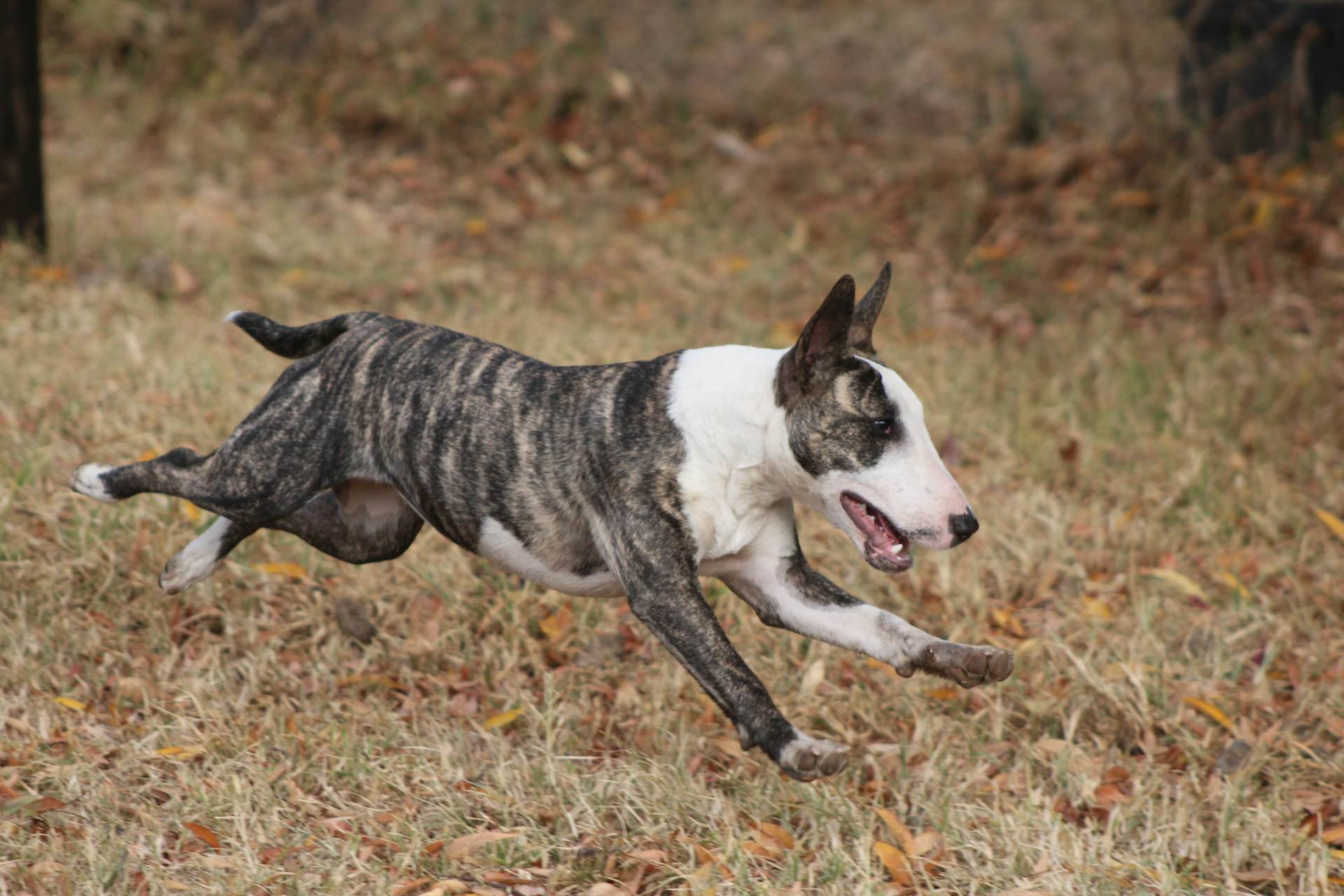
Autism-like Traits in Animals
Autism is not limited to humans; some animals, like bull terriers, display similar social habits and traits. This discovery has led to a better understanding of the condition and its prevalence in the animal kingdom. William Nettmann/Unsplash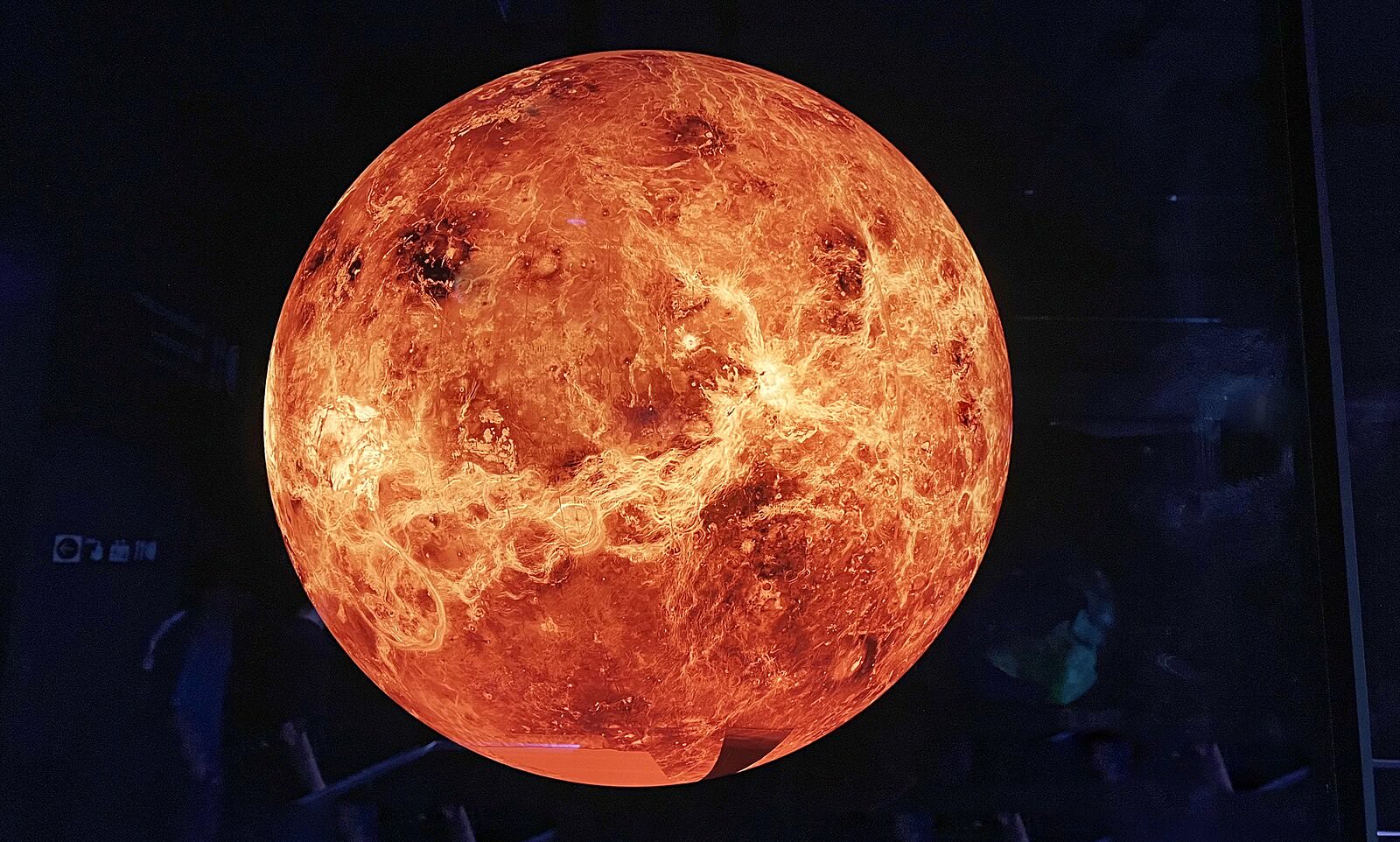
The Glory of Venus
Rainbows on Earth are caused by light interacting with water droplets, but on Venus, a different phenomenon called "glory" occurs. This unique rainbow-like effect is created by light refracting through the planet's carbon dioxide-rich atmosphere. Burkhard Mücke/Wikimedia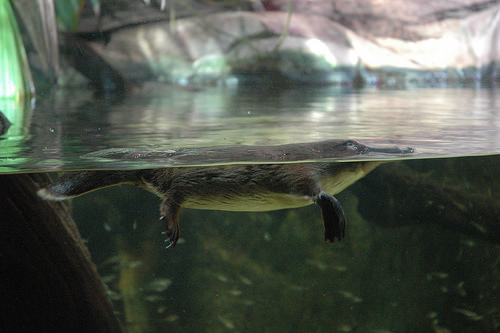
Platypuses: The Milk-Sweating Mammals
Unlike other mammals, platypuses don't have nipples. Instead, they secrete milk through their skin, which means they essentially sweat milk to feed their young. Pascal Vuylsteker/Wikimedia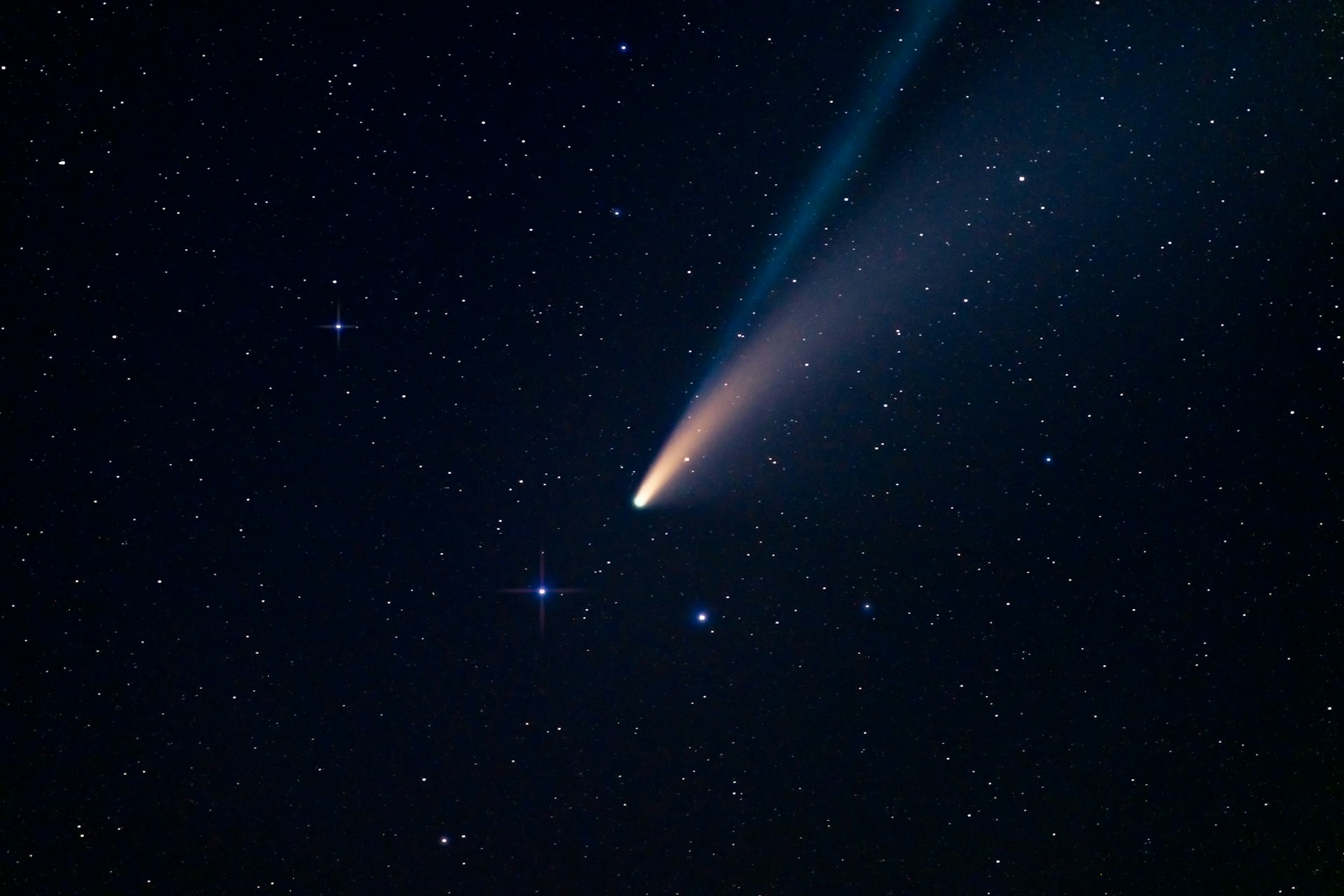
The Stinky Truth About Comets
Comets may look beautiful streaking across the night sky, but they smell far from pleasant. Due to the presence of ammonia and hydrogen sulfide, these celestial bodies give off a foul odor reminiscent of rotten eggs and urine. Justin Wolff/Unsplash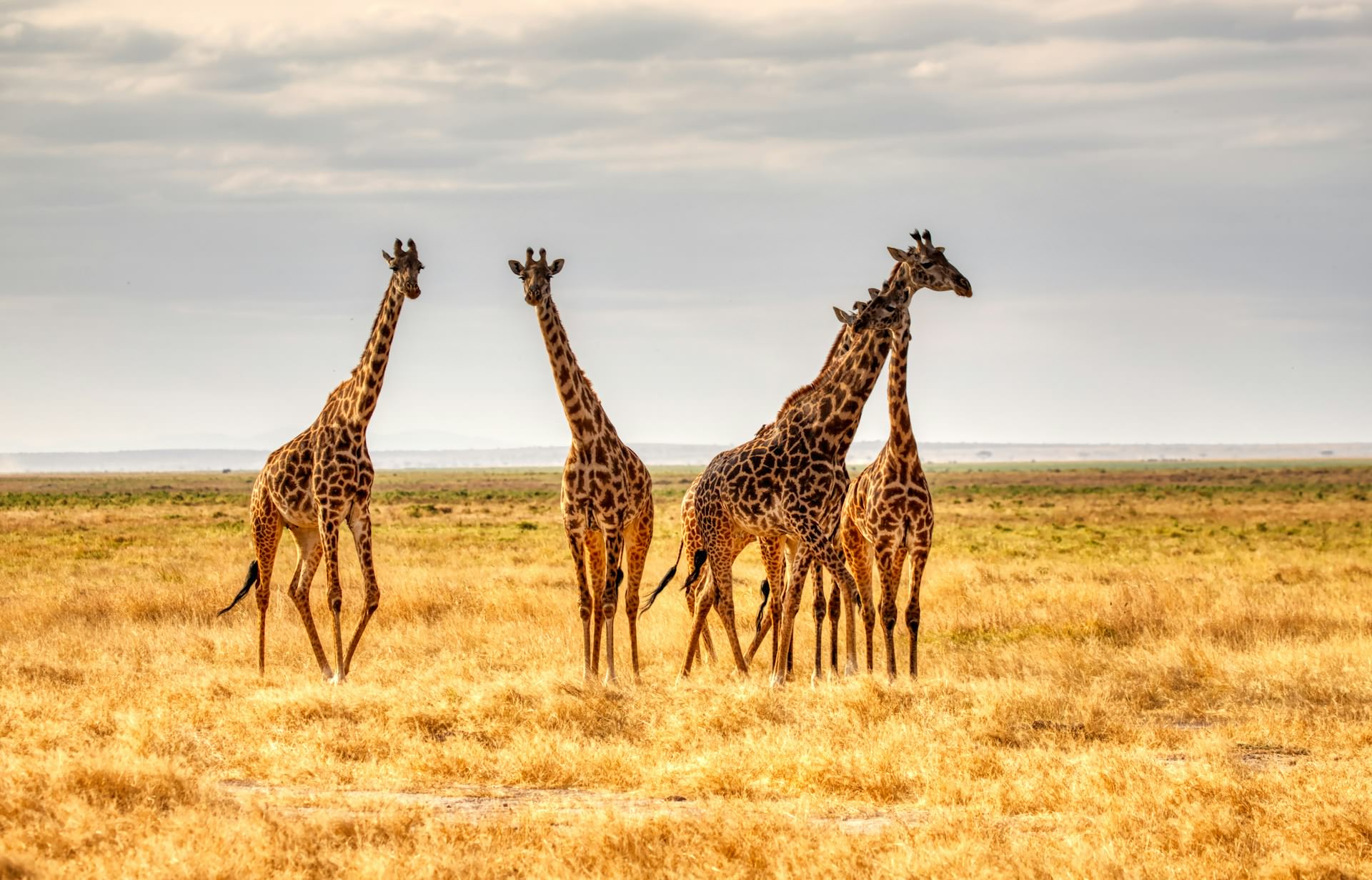
Giraffes: Lightning Magnets
Giraffes are 30 times more likely to be struck by lightning than humans. Their towering height and four-legged stance make them vulnerable to both direct strikes and ground currents. MARIOLA GROBELSKA/Unsplash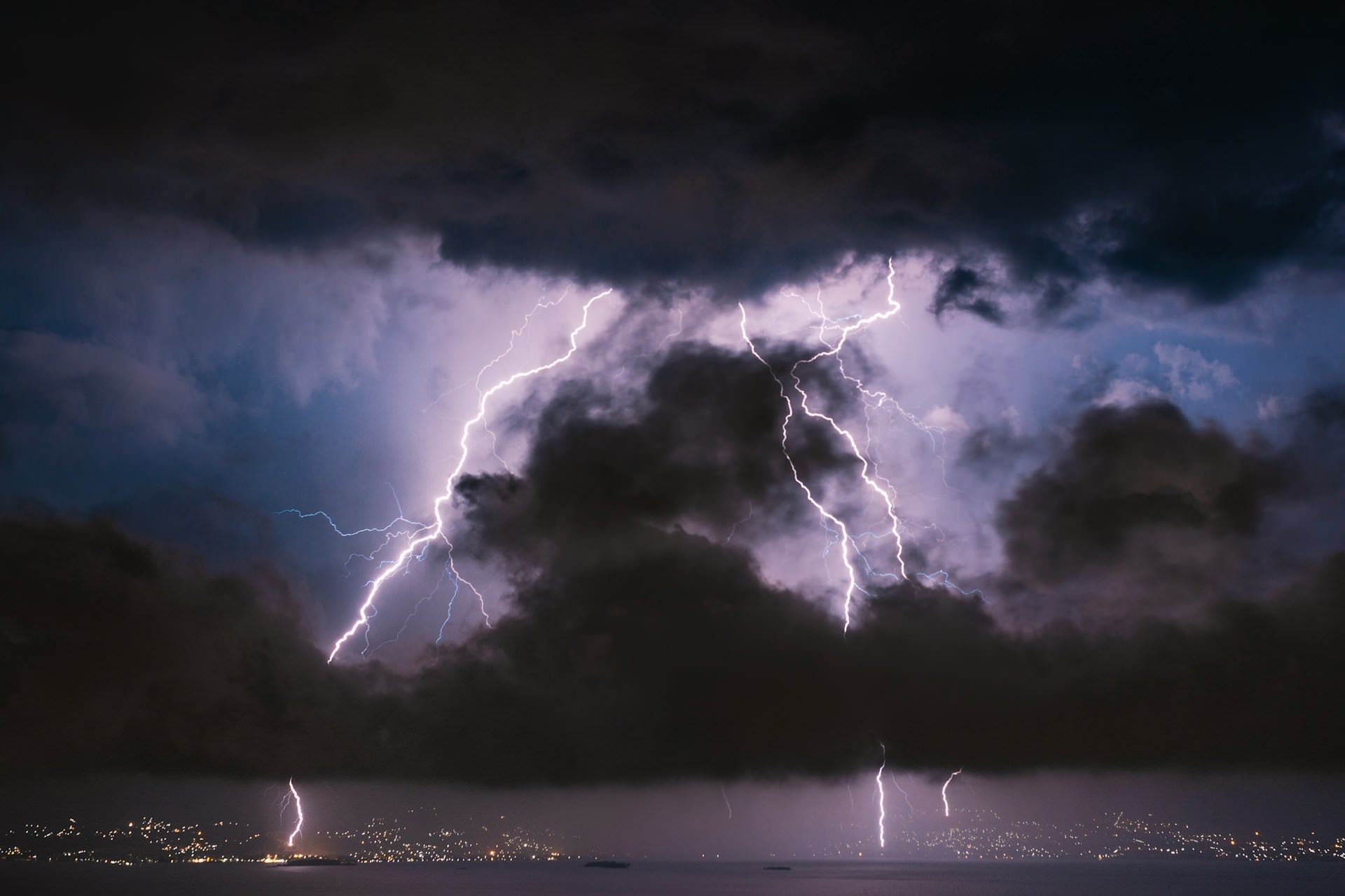
Red Sprite Lightning: A Rare Phenomenon
Severe thunderstorms can produce an incredible phenomenon called "sprite lightning." These red flashes occur high above the storms, shooting upwards into the atmosphere, and were only first photographed in 1989. Tasos Mansour/Unsplash
Diamonds Can Burn
Despite their reputation for being indestructible, diamonds can actually burn. Exposing them to temperatures around 1,600°F (871°C) in the presence of oxygen will cause them to catch fire and eventually be destroyed. Edgar Soto/Unsplash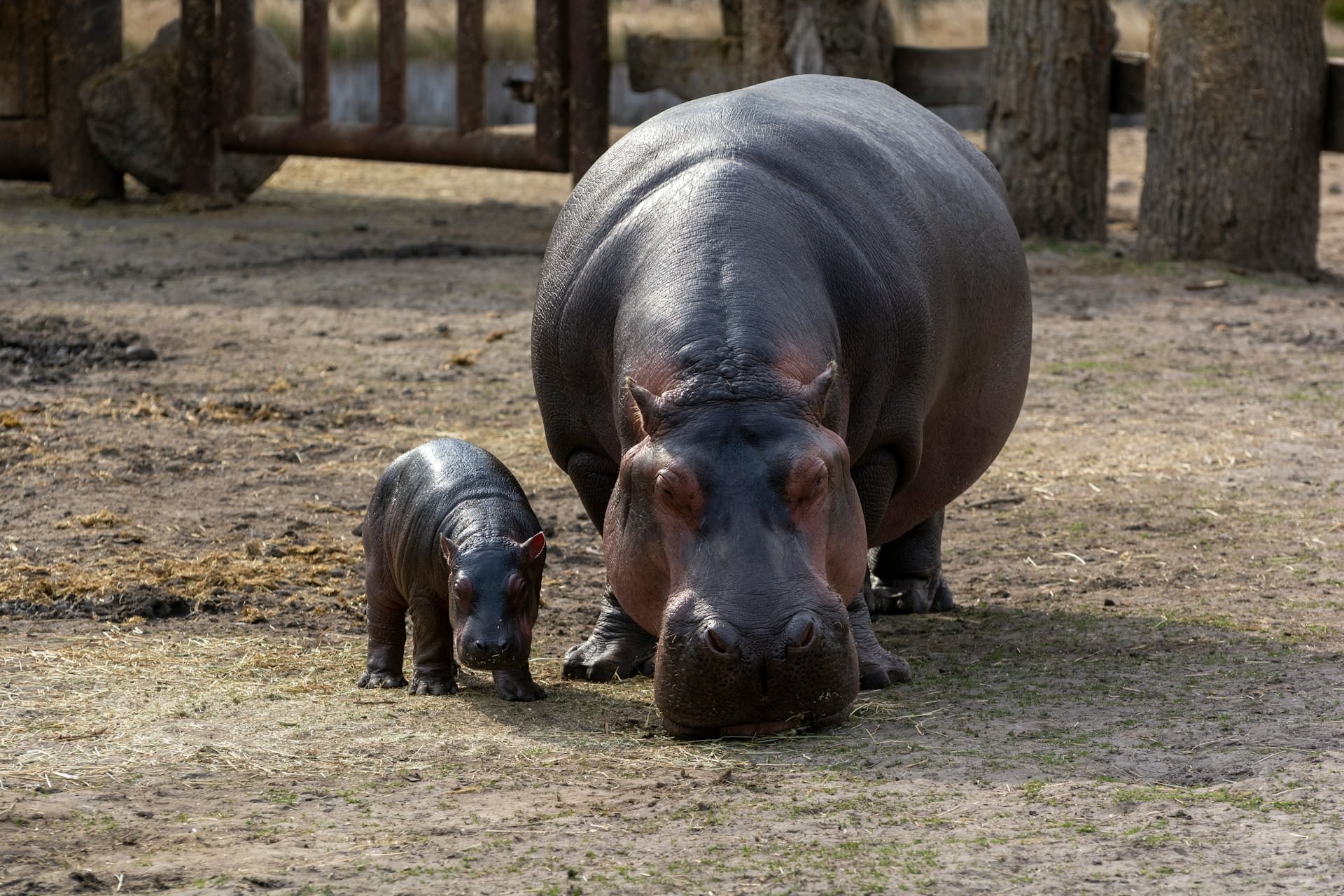
Hippos and Their Red Sweat
Hippopotamuses secrete a unique type of sweat that turns red and then brown upon exposure to air. This pigmented perspiration acts as a natural sunscreen, protecting their skin from the sun's harmful rays. Leif Linding/Unsplash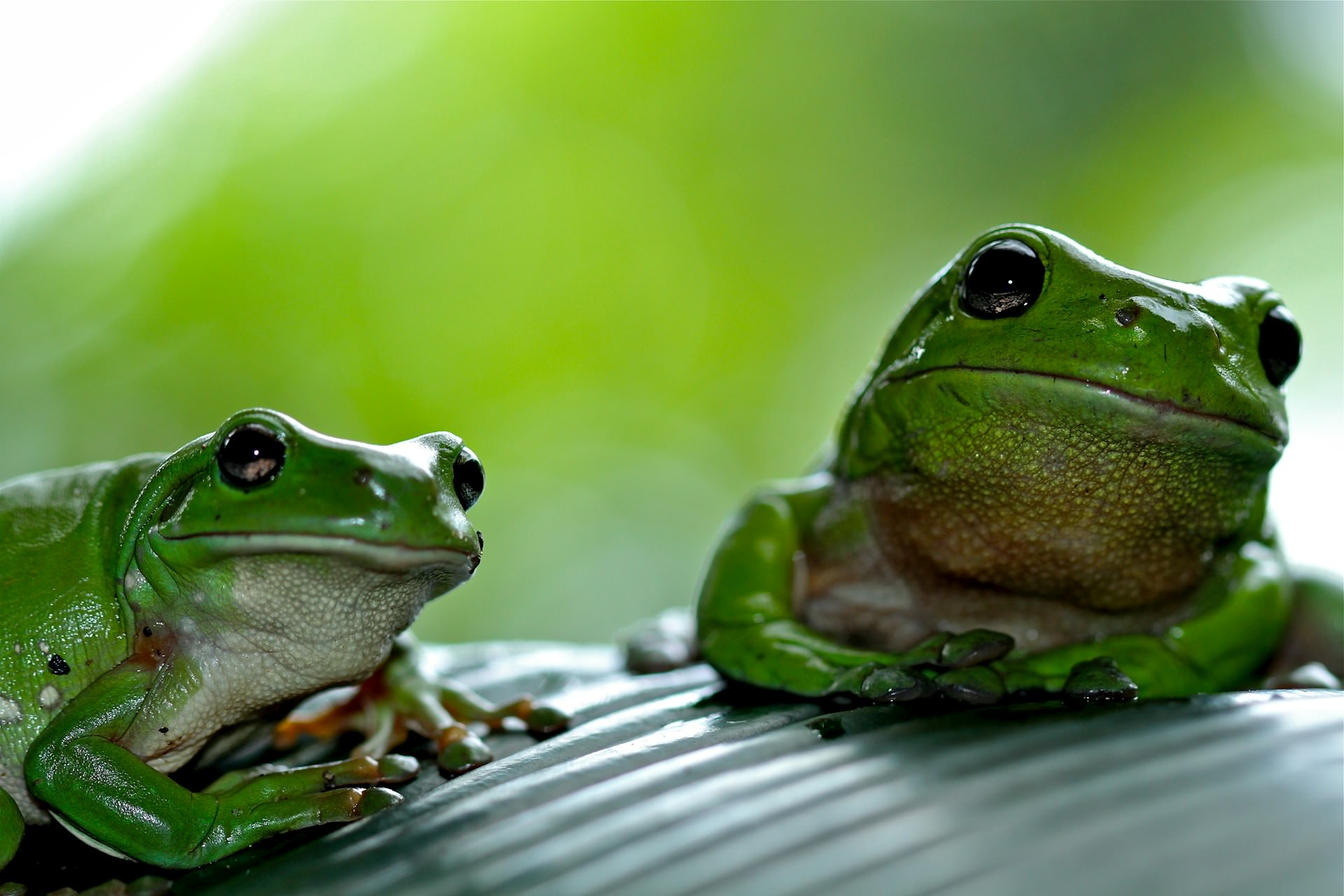
An Army of Frogs
A group of frogs is collectively known as an "army." This term likely originated from the sight of countless frogs gathering together during mating season, resembling a miniature military formation. gary tresize/Unsplash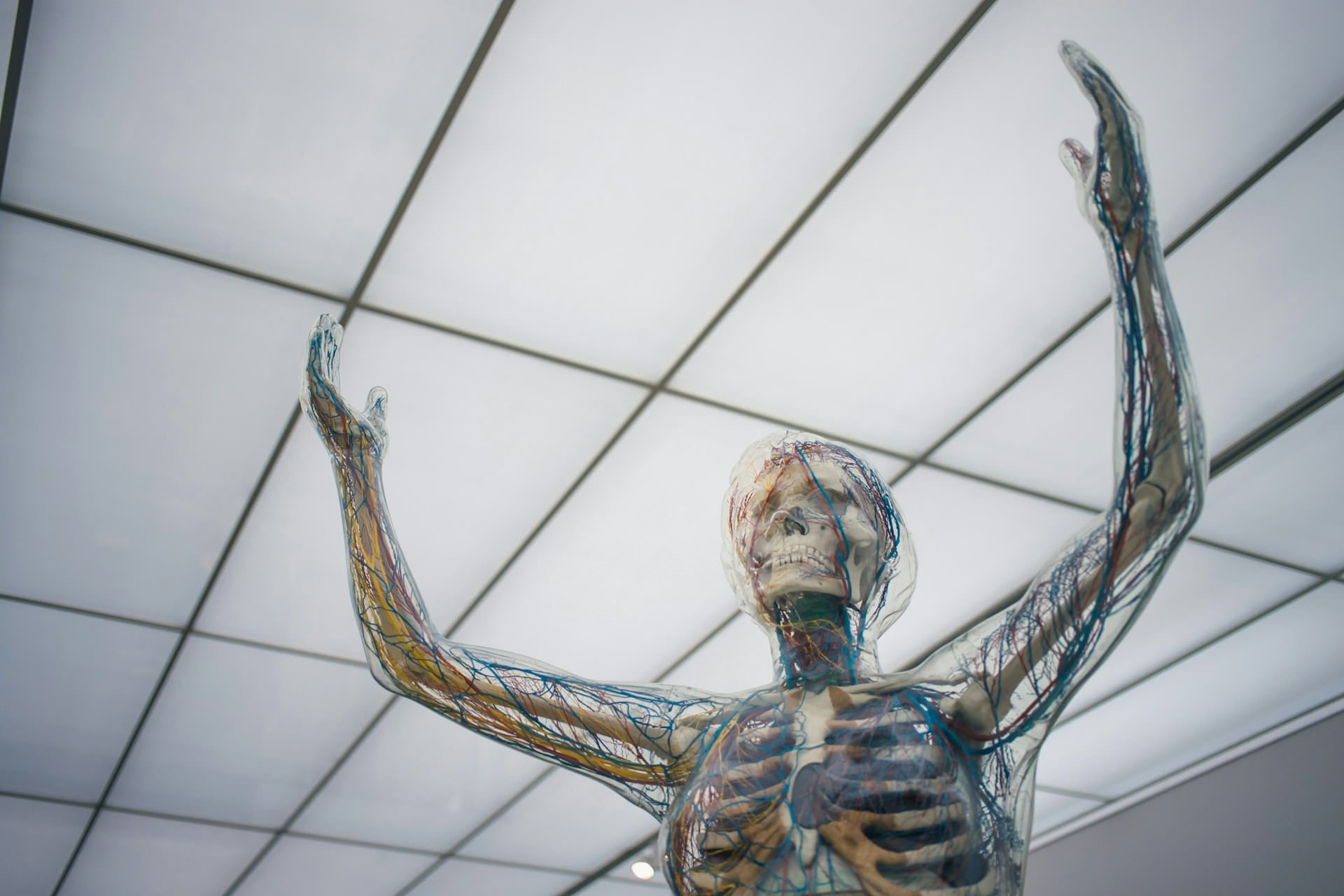
The Hidden Gold in Your Body
The human body contains trace amounts of gold, approximately 0.2 milligrams. While not valuable in terms of wealth, this gold plays a crucial role in transmitting electrical signals throughout our bodies. camilo jimenez/Unsplash
The Bacterial Metropolis in Your Mouth
Our mouth is home to a thriving ecosystem of over 700 species of bacteria, totaling around 6 billion microorganisms. Some of these bacteria help maintain oral hygiene, while others can contribute to various diseases. Atikah Akhtar/Unsplash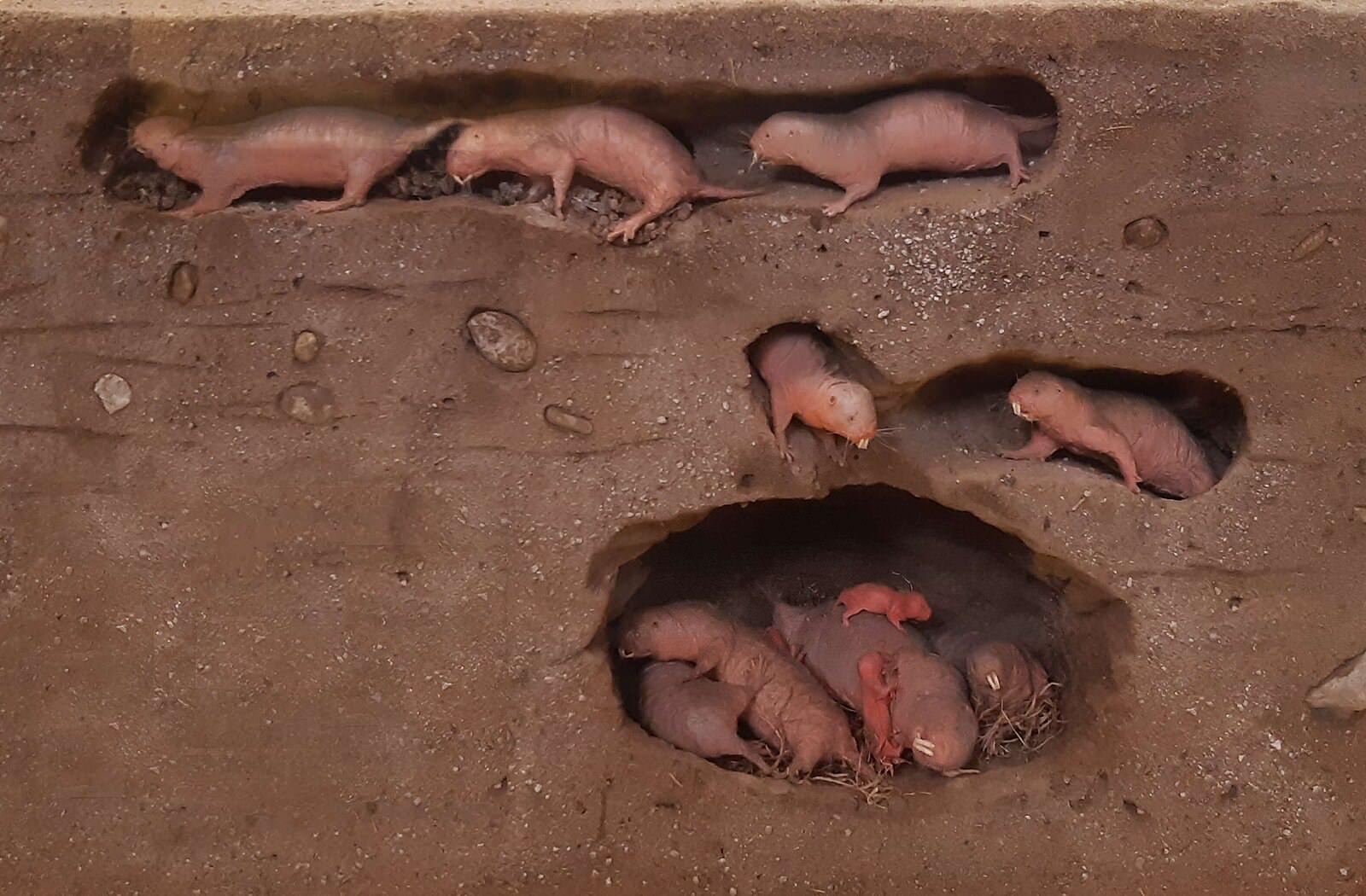
Naked Mole Rats: Cancer-Fighting Champions
Naked mole rats have an extraordinary ability to resist cancer. Scientists have discovered that a sugar called hyaluronan in their bodies helps prevent tumor growth, making them a valuable subject in cancer research. Chiswick Chap/Wikimedia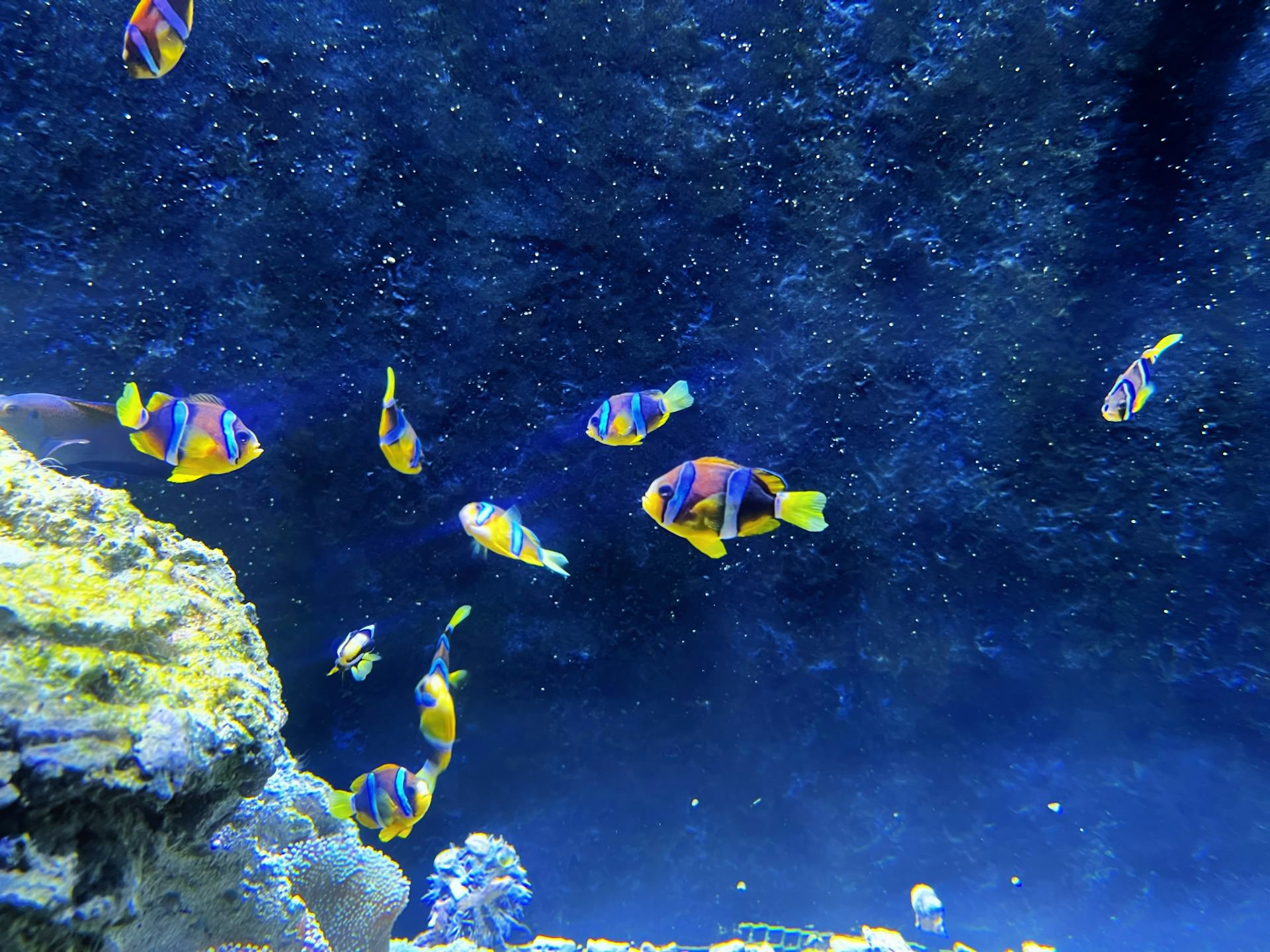
The World's Tiniest Fish
The Stout Infantfish, found in Australia's Great Barrier Reef, is believed to be the world's smallest fish. Measuring just 6-8 millimeters, this transparent fish is even smaller than a pea and has only been collected a handful of times. sohrab zia/Unsplash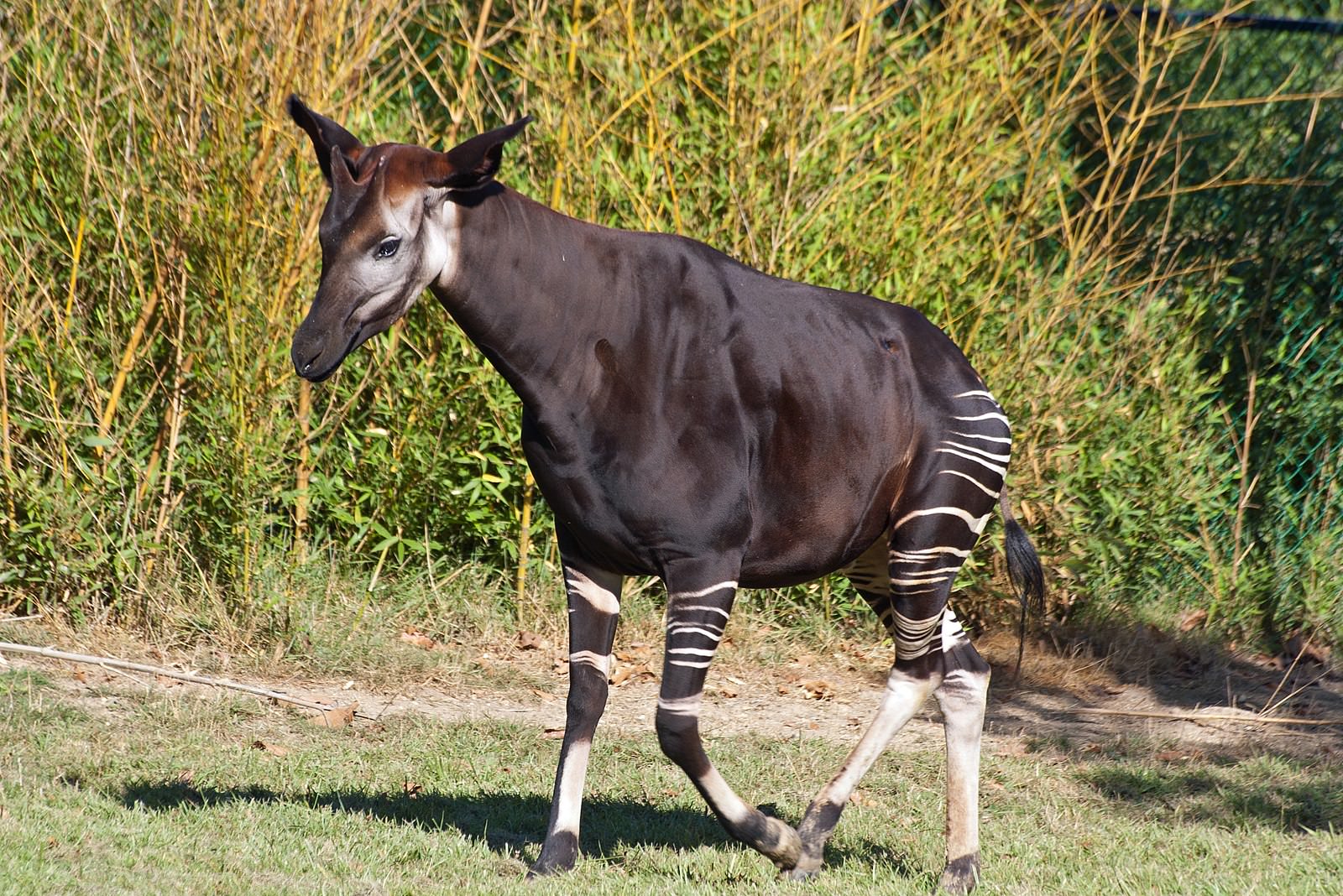
The Okapi: Giraffe's Only Living Relative
Despite its zebra-like appearance, the okapi is the closest living relative to the giraffe. These endangered animals, native to central Africa, stand at about 5 feet tall and share a common ancestor with their long-necked cousins. Daniel Jolivet/Wikimedia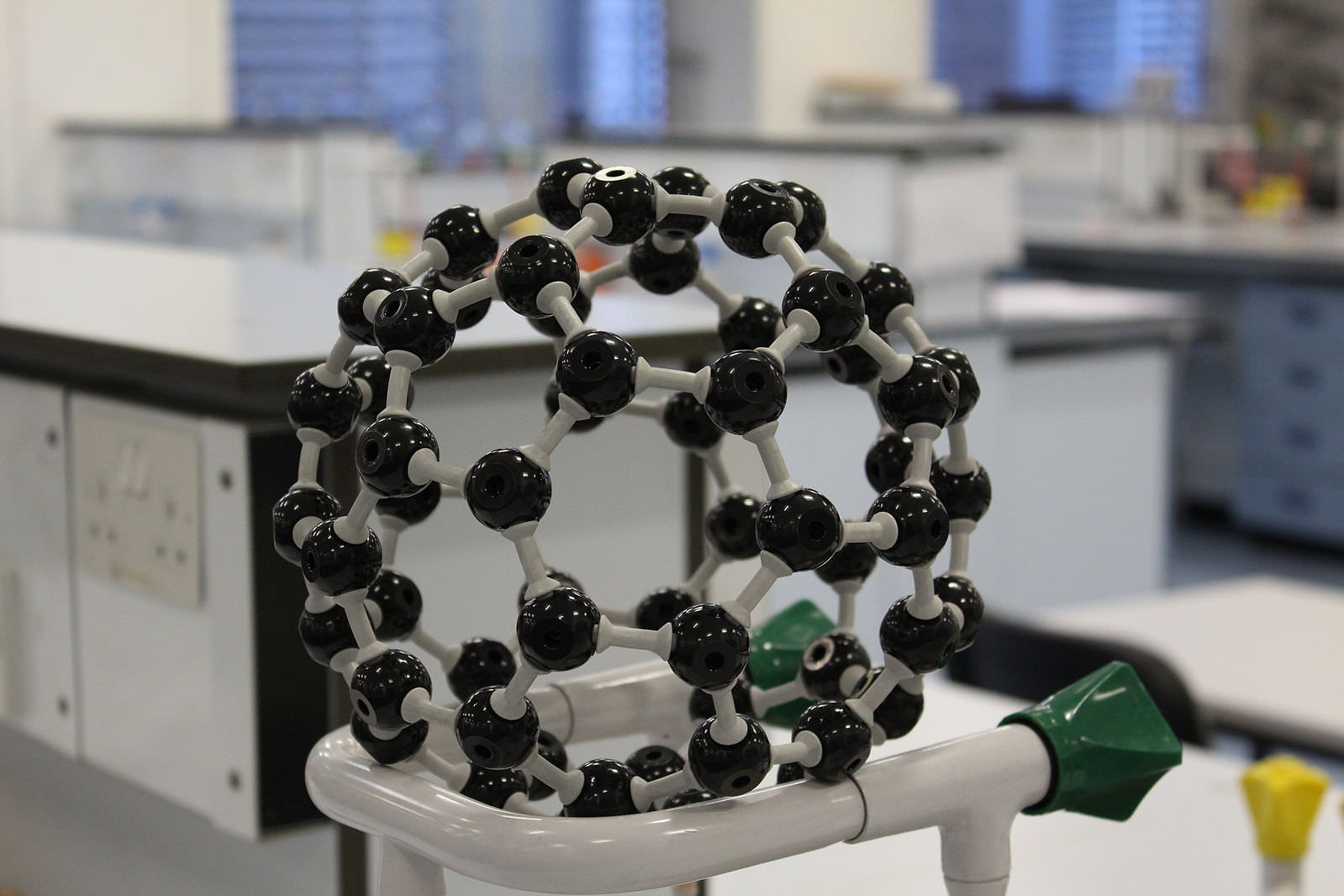
Buckminsterfullerene: The Molecular Soccer Ball
Buckminsterfullerene, or "bucky balls," are molecules made of carbon atoms arranged in a shape resembling a soccer ball. Discovered in 1985, these nanoscale structures are found in various forms throughout the human body. UCL Mathematical and Physical Sciences from London, UK/Wikimedia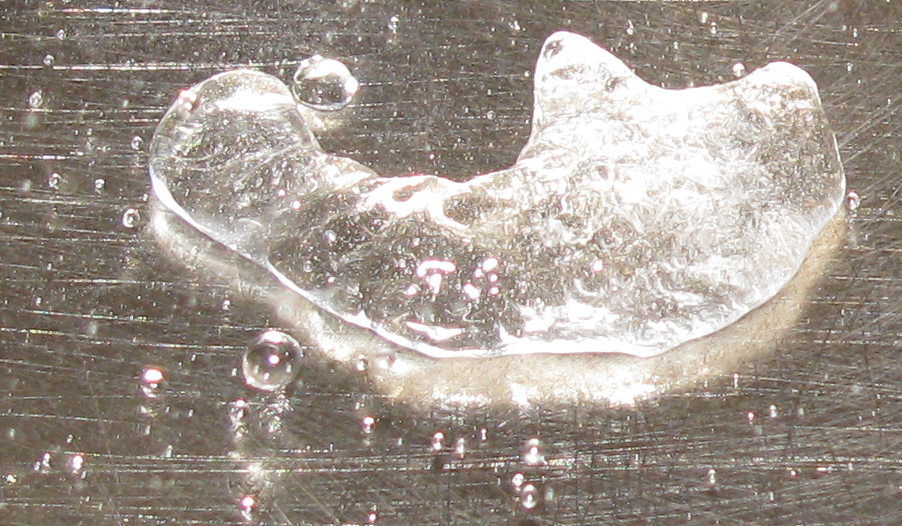
The Levitating Liquid: Leidenfrost Effect
The Leidenfrost effect occurs when a liquid comes into contact with a surface significantly hotter than its boiling point. The liquid's underside vaporizes, creating a gas layer that allows the rest of the liquid to levitate and move around rapidly. Hullernuc/Wikimedia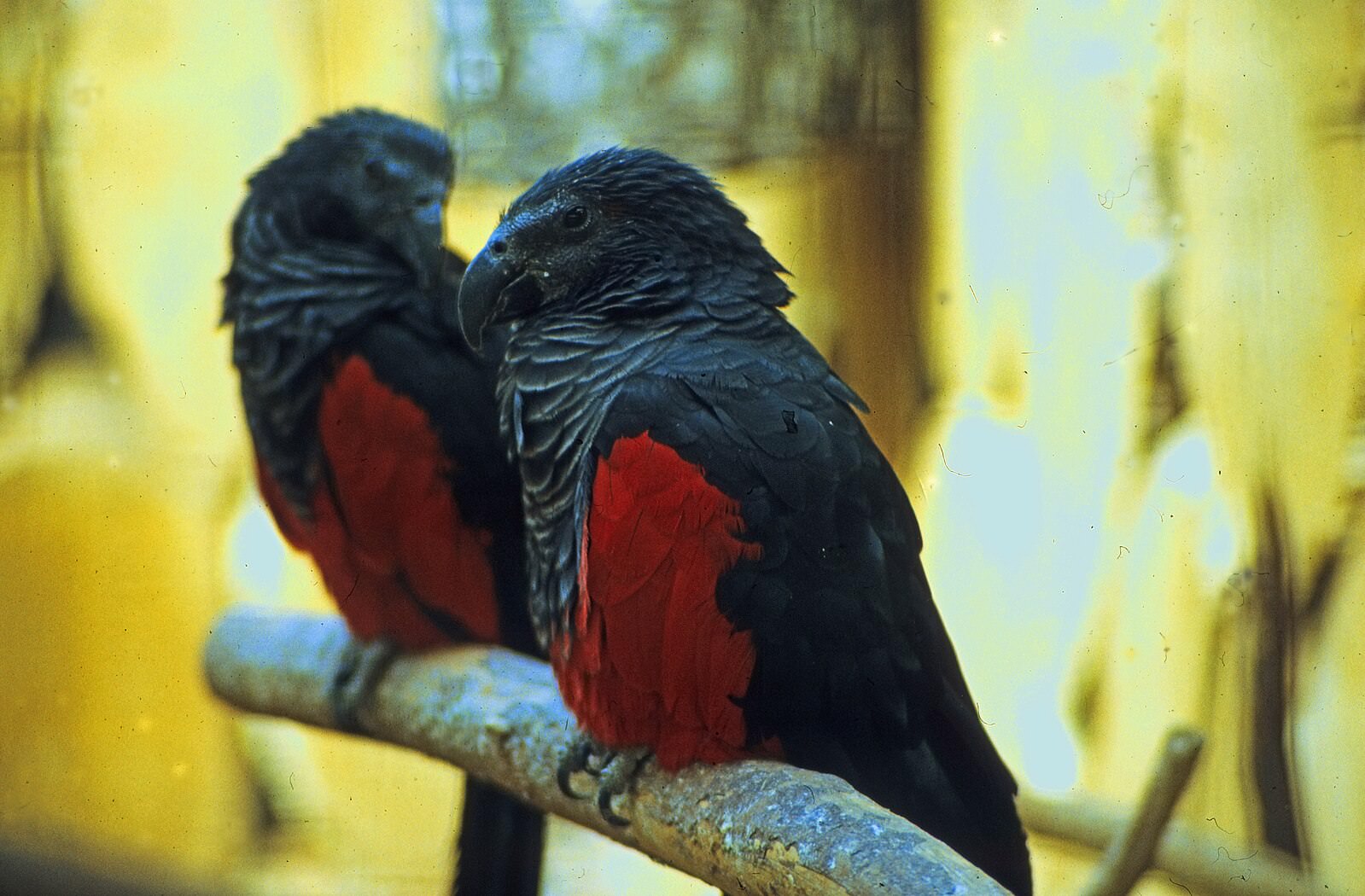
The Vampire of the Bird World
The Dracula parrot, native to New Guinea, is a large, ominous-looking bird with a curved beak and black feathers accentuated by red plumage. Its appearance has earned it a reputation as a vampire among birds. Rüdiger Stehn from Kiel, Deutschland/Wikimedia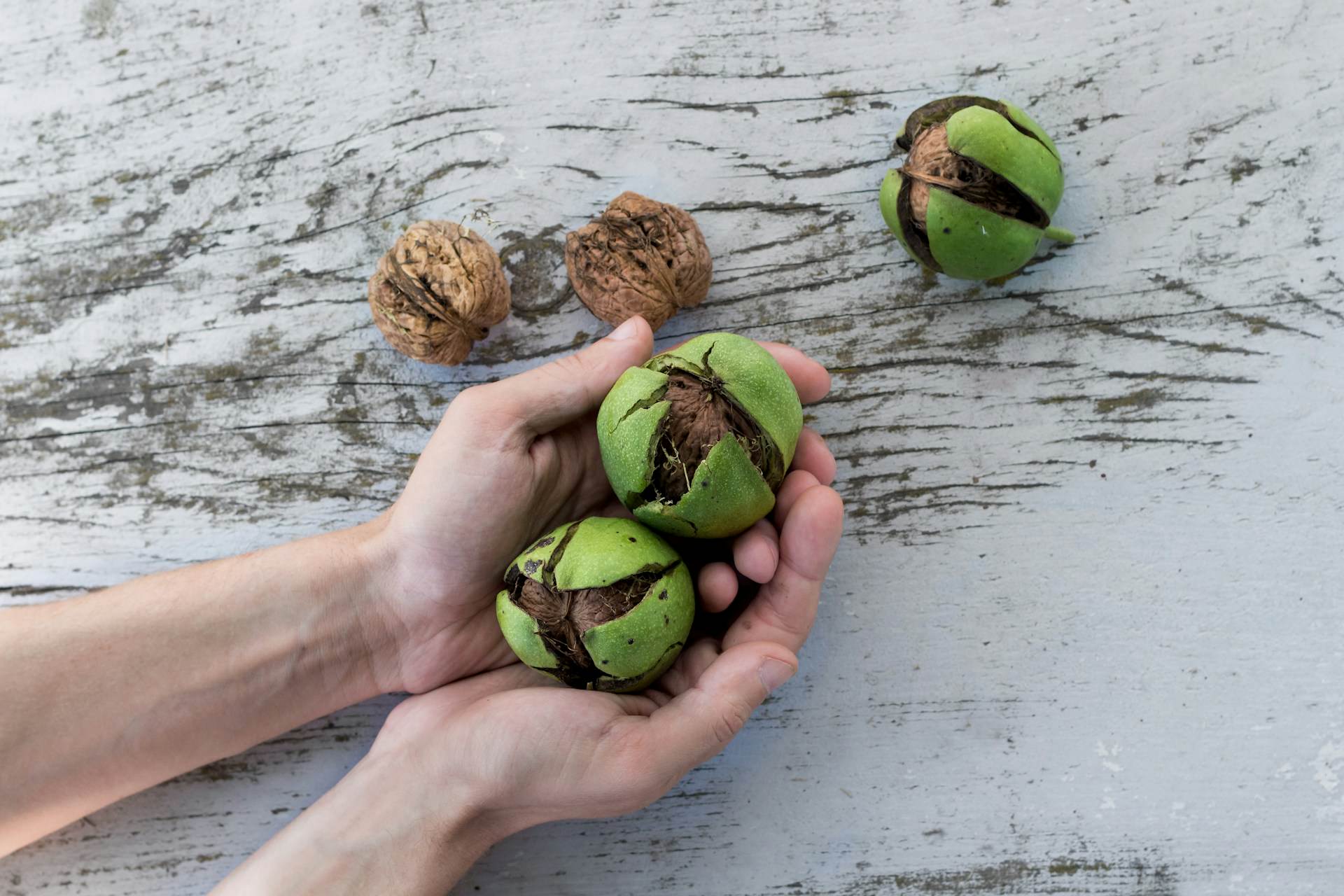
The Brazil Nut Effect: A Puzzling Phenomenon
When mixed nuts or cereals are shaken, larger items like Brazil nuts tend to rise to the top. This counterintuitive phenomenon, known as the "Brazil Nut Effect," has been the subject of extensive scientific research. NordWood Themes/Unsplash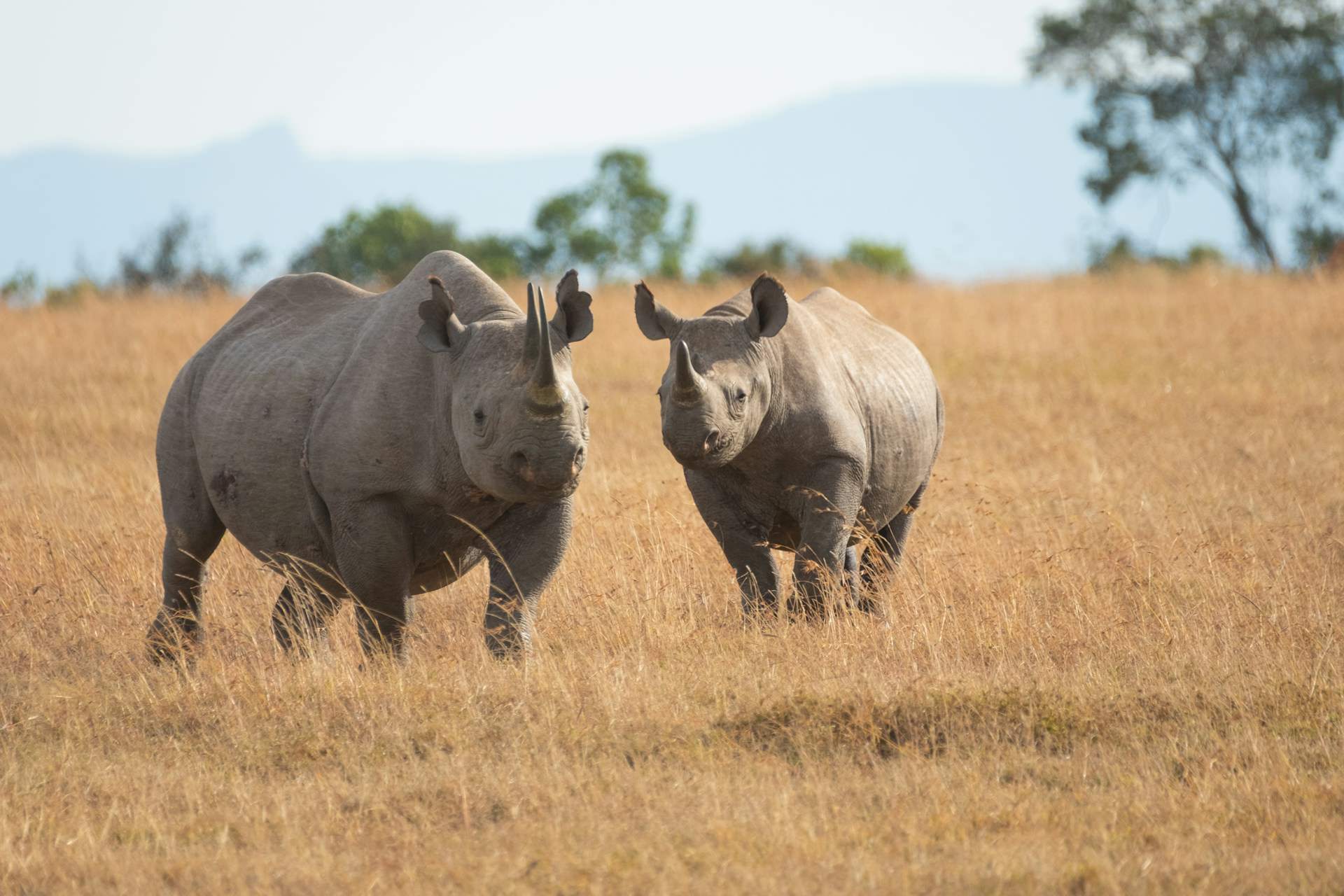
Rhinos and Humans: A Keratin Connection
The protein keratin, which makes up human hair and nails, is also the primary component of rhino horns. David Cashbaugh/Unsplash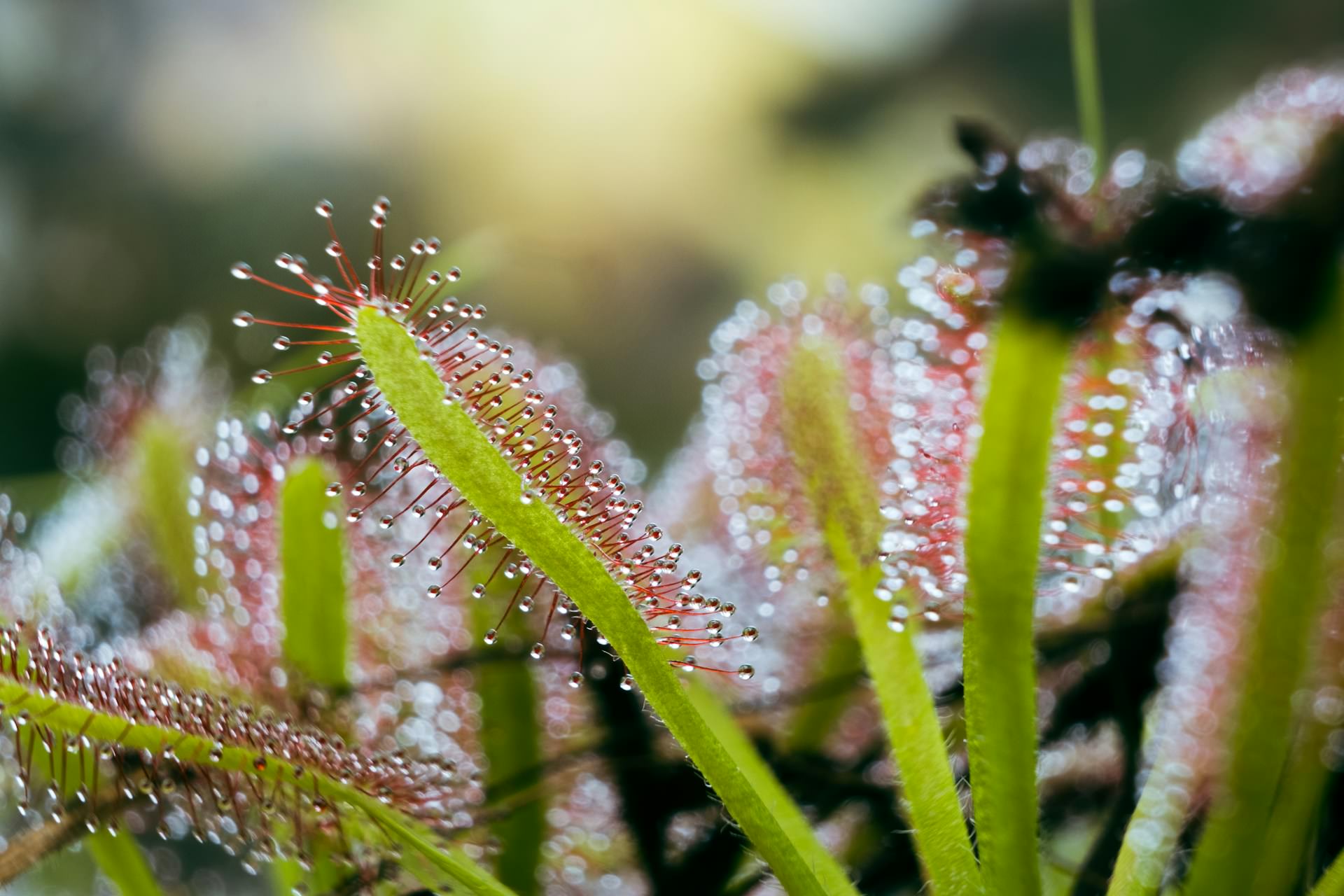
The Sundew Plant: A Sticky Trap for Insects
The sundew plant has evolved a unique method of capturing prey. Its long, sticky tentacles are adorned with sweet secretions that lure and trap insects, which are then slowly digested by the plant. Théotim THORON/Unsplash